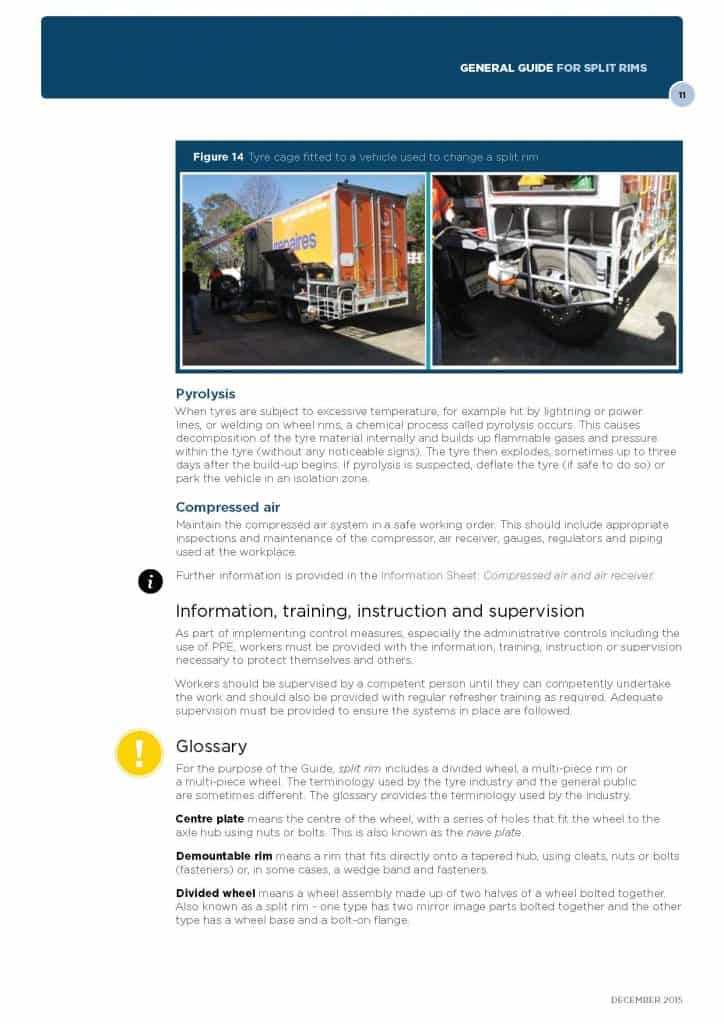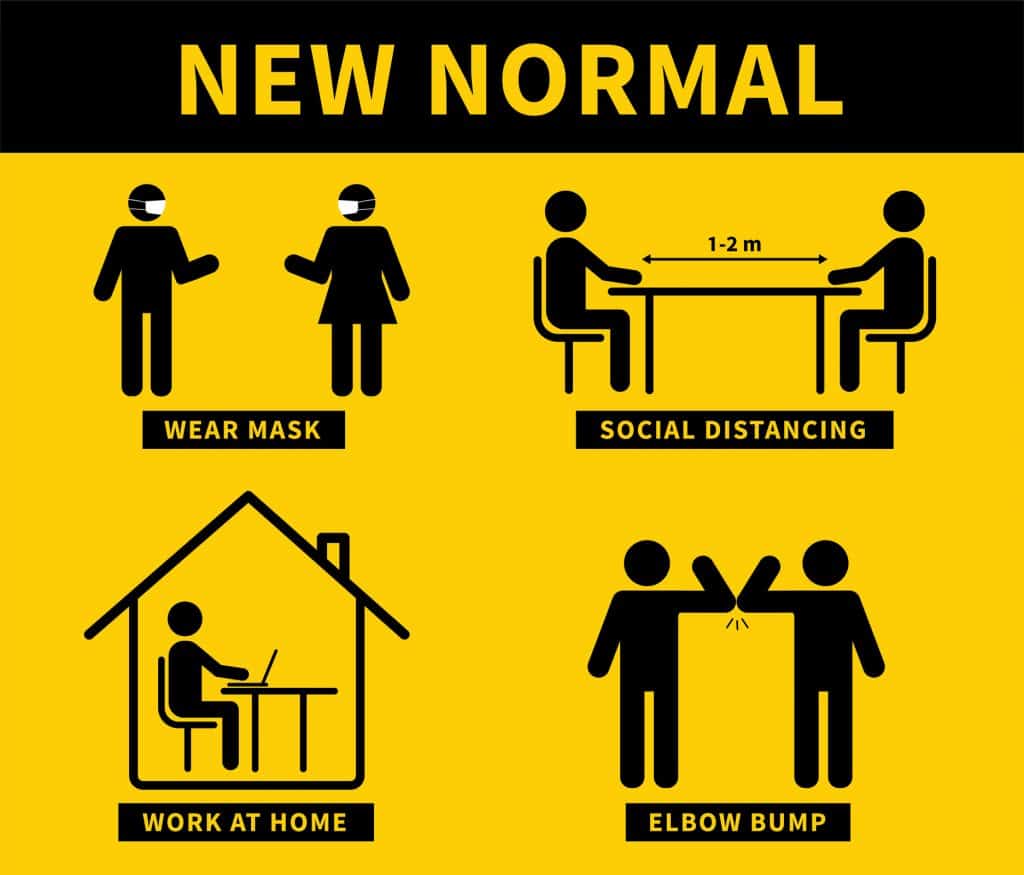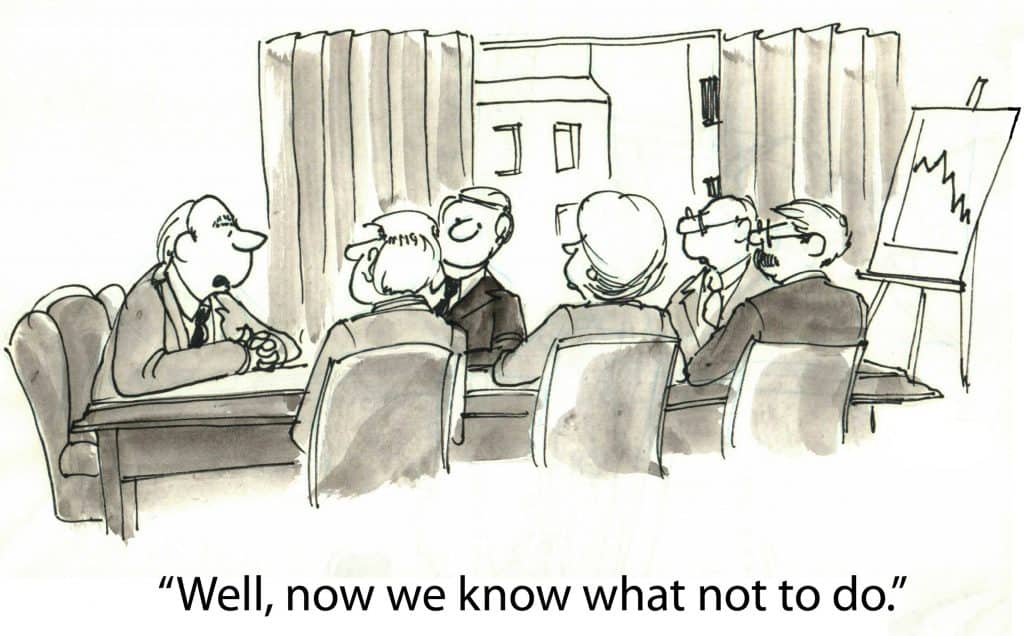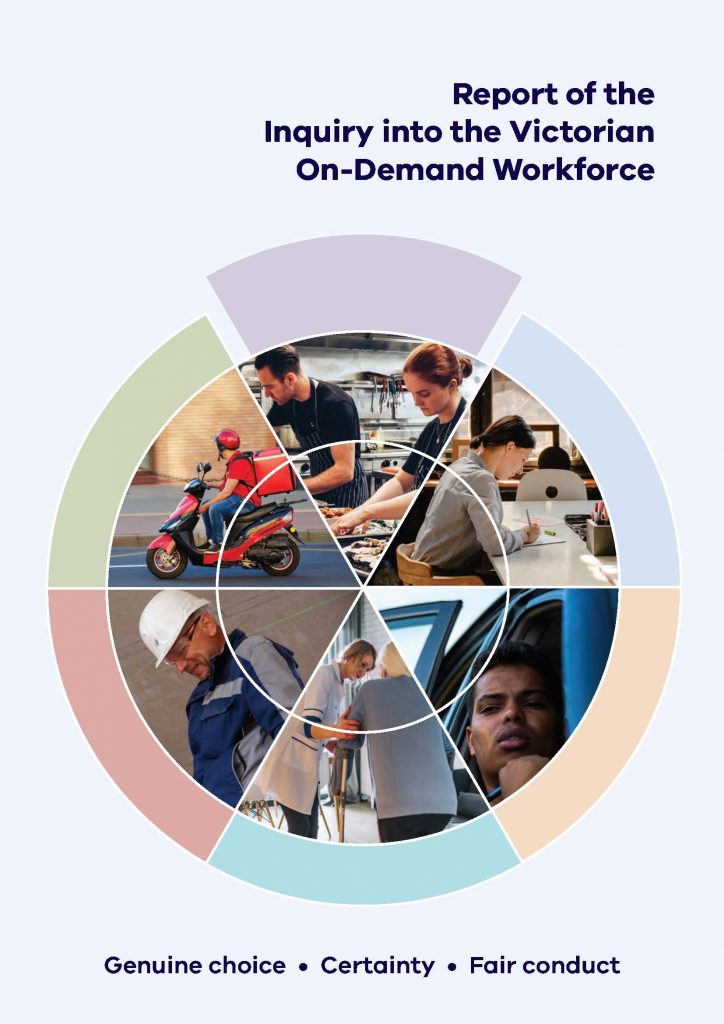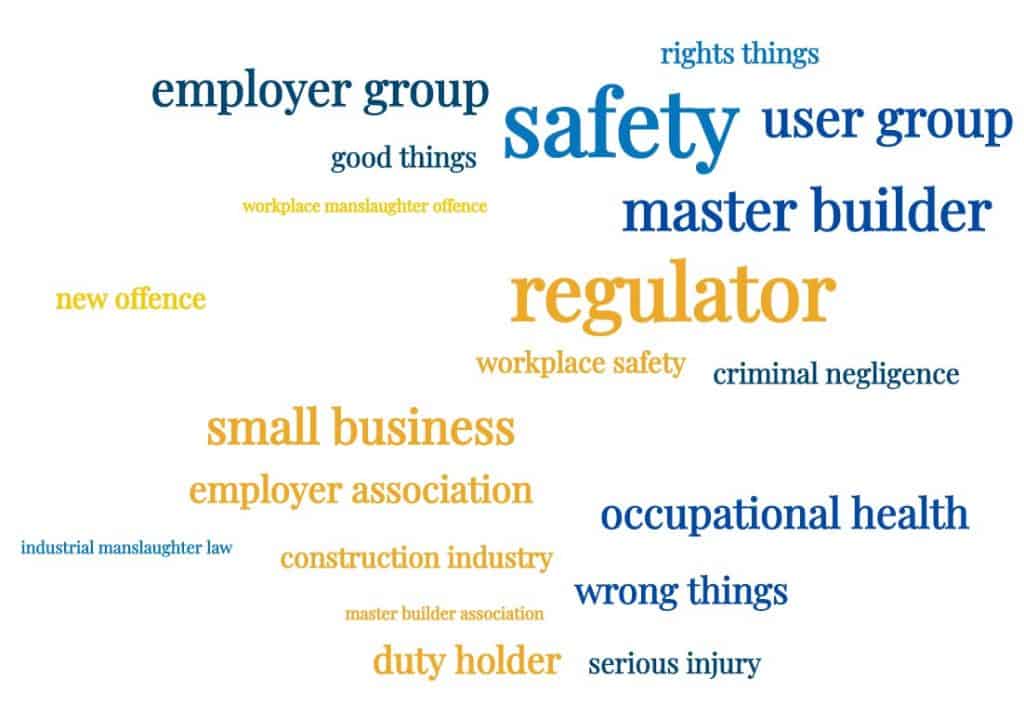
James Curtin and I have been trying to find time to sit down and talk about occupational health and safety (OHS) and Industrial Manslaughter (IM) laws ever since I interviewed trade unionist Dr Gerry Ayres in 2018. The most recent IM laws have recently passed in Victoria and James and I finally found some time to talk.
Below are the personal and professional points that James made in the interview. The rest of the article contains the full interview.
- Workplace manslaughter has not been found to improve safety and pushing ahead with a model that excludes some duty holders from the offence was/ is wrong
- There was no gap in the law that this new offence sought to fill. It was an ideologically fuelled position.
- The model should have been one in all in (like reckless endangerment) or one out all out (and replicate the UK’s Corporate Manslaughter Laws)
- Working for an employer or employee organisation is a great privilege. You need to represent your constituents effectively but in doing so be mindful of any bias. Some Associations represented their members very well throughout this debate. Some did not. That was very disappointing.
- Employers have to take their OHS obligations seriously. WorkSafe play a vital role in regulating Victoria’s OHS laws.
- If you are in business you have to take your obligations seriously. Everyone should have the opportunity to start a business, if they wish, but they must have high regard to their obligations. An effective way of ensuring this is through regulator involvement – proactively and reactively.
- Compliance and enforcement needs to be looked at differently. Larger fines and custodial sentences is not the answer. Each case needs to be dealt with on its merits and enforceable undertakings can play an integral role

